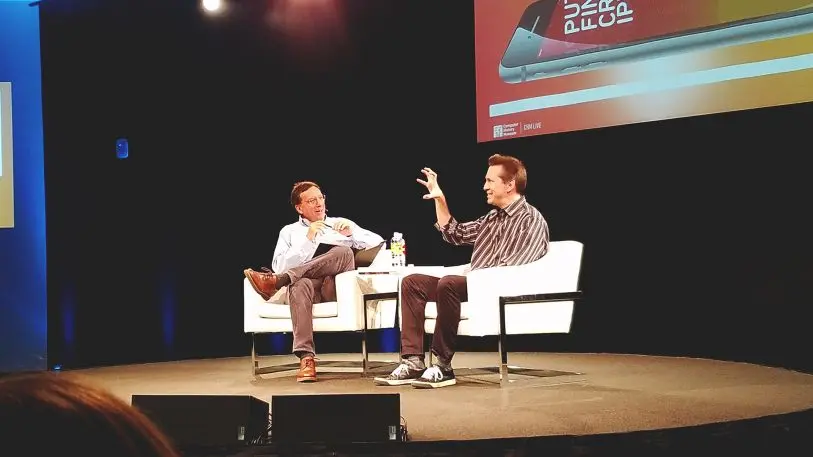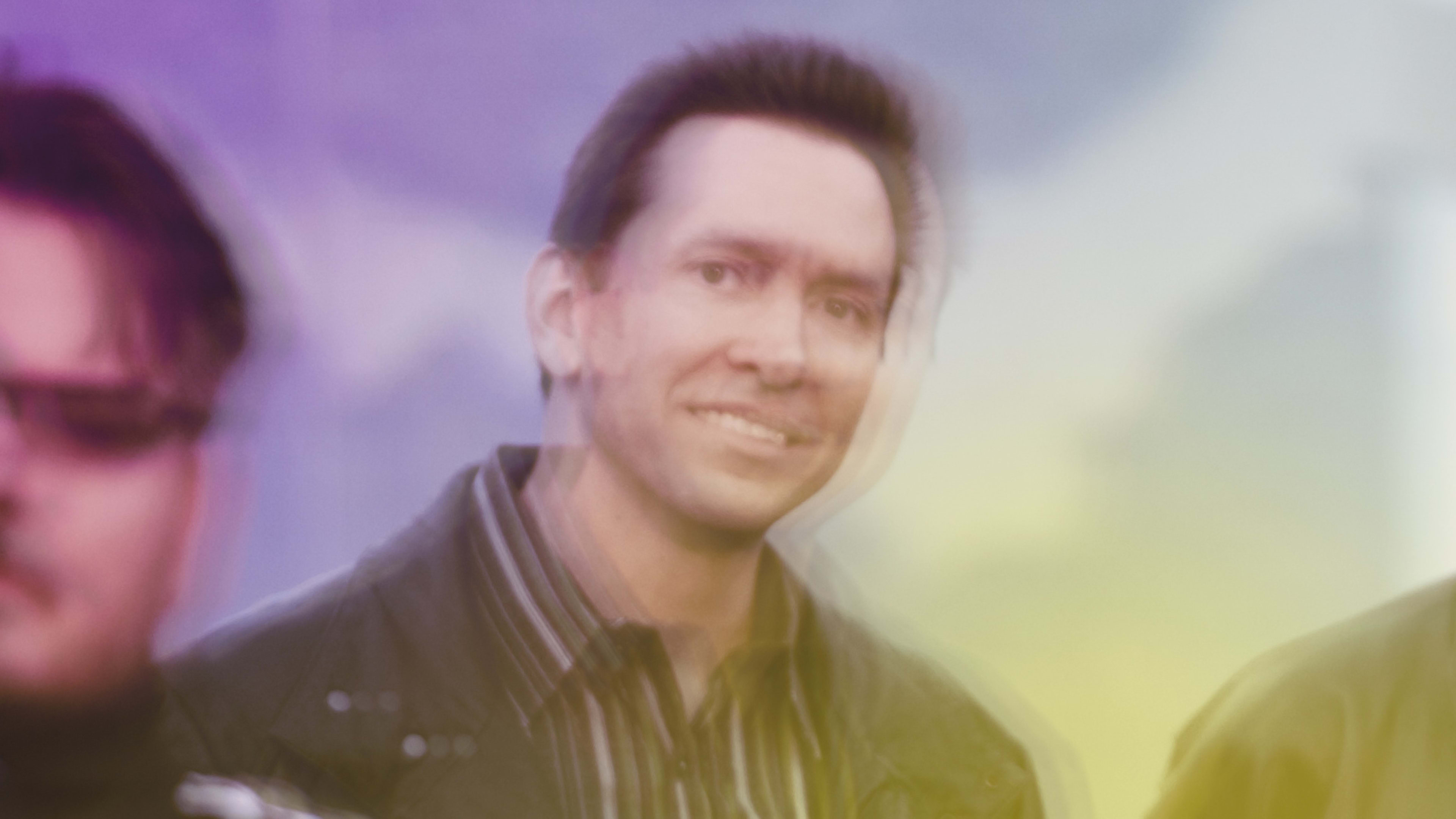You’re Scott Forstall. It’s 2005. Apple’s hugely successful iPod business is facing an existential threat from cell phones that can play music. Your boss, Steve Jobs, has ordered you to assemble a team of software engineers to create–in a matter of months–what would become the first iPhone. Quick! How do you pick the right brains for the project?
The team was going to adapt the Mac OS–whose engineering Forstall oversaw–to a multi-touch mobile device, itself a daunting technical challenge. But it would use those underpinnings to build a personal computing experience that just hadn’t existed before. Apple’s previous forays into handheld devices, the iPod and Newton PDA, provided precious little guidance.
Forstall’s team was responsible for things so basic to the iPhone that we barely notice them today–the way information scrolls on the screen at the touch of a fingertip, the way the app icons appear on the home screen.
I spoke to Forstall about this challenge Tuesday night after former New York Times tech reporter John Markoff interviewed him onstage during an iPhone 10th anniversary event at the Computer History Museum in Mountain View, California. “Steve told me to go assemble an entire software team, but only from people within Apple,” Forstall said. “He didn’t want anybody from the outside to see any of the interfaces, because he was so afraid of leaks.” (Jobs, said iPhone hardware team leader Tony Fadell in Brian Merchant’s new book One Device: The Secret History of the iPhone, “was just naturally paranoid.”)

That secrecy narrowed the field considerably, so the selection criteria for recruits for the new project (codenamed “Purple”) became even more critical.
“During all the interviews for the team, we screened for people who were growth mind-set,” Forstall told me. Forstall said he had been a fan of Carol Dweck, a Stanford psychology professor known for her theory that people exist somewhere on a continuum between “fixed mind-set” and “growth mind-set.”
Fixed mind-set people, Forstall explained, believe their accomplishments are the result of a fixed set of skills that don’t really change. “They have a certain amount and that’s that, and then their goal becomes to look smart all the time and never look dumb,” Dweck said in a 2012 interview.
“Growth mind-set” people, Forstall told me, believe their abilities can grow as a result of new challenges and good teaching. “You can see this in children,” he said. “There are some types of children who, when you give them a puzzle to do and they complete it, they want to do a harder puzzle.
“Other children, when they complete the puzzle, then they just want to do the same puzzle again,” Forstall added. “The growth mind-set child will just say, ‘I’ve already mastered that one, give me something harder.'”
Dweck’s research shows that about 40% of people (students and adults) have a growth mind-set, 40% have fixed mind-sets, and the rest are somewhere in the middle.
Decisions And More Decisions
Forstall could already see that getting to a completed iPhone would require a ton of iteration and learning. Hundreds of feature and design questions had to be answered, and hundreds more questions waited behind those, all impossible to see from the starting line. Forstall may also have sensed that the project was bigger than the combined skill sets and experience of any team he could assemble. Nothing quite like the iPhone had ever been done before. He needed people who could fail well, learn, and grow.
“We were dealing with a project that was impossible or next to impossible, so we needed people who were going to be able to survive that,” Forstall told me.
Forstall, whether he thought about it as such or not, may have been looking for people who thought like Steve Jobs. Here’s Carol Dweck talking about Jobs in the same 2012 interview:
I’ve thought about it a lot when I read Steve Jobs’ biography, and I think Jobs had a real growth mind-set about himself. He was constantly experimenting, using the feedback and creating new things from it.
The story of the many app, interface, and hardware builds and rebuilds during 2005 and 2006 is a long one, and isn’t fully known. The engineers on Forstall’s team were worried about software bugs (some of which, they feared, weren’t even known yet) right up to the time Steve Jobs gave the first demo of the first iPhone onstage at Macworld Expo in January 2007.
Many ex-Project Purple hardware and software engineers showed up at the Computer History Museum event to hear Forstall and other creators of the iPhone tell their stories. When a questioner in the audience Tuesday night asked what it was like for the iPhone engineers to watch Jobs give that demo, one Apple engineer seated behind me said, “Sheer terror.” Others in the vicinity could be seen smiling and nodding their assent.
“There’s always that chance that he’s going to hit some bug that nobody has ever seen before, and he’s going to hit it onstage during the keynote, and it’s going to be one of the things that I’m responsible for,” said one of Forstall’s software engineer hires, Nitin Ganatra. “Or that there’s this grand finale at the end where Steve’s using four different apps and doing five different things.”
There was an unmistakeable celebratory feeling in the air during the event Tuesday night. Forstall was forced out at Apple in 2012 for a number of reasons, allegedly including issues with other executives (such as Eddy Cue and Phil Schiller) finding him increasingly difficult to work with. But he’s one of a handful of people who can be credited with envisioning and creating the device that elevated Apple to its place in the world today. One of the reasons for his success, his team’s success, and ultimately the iPhone’s success, is that he knew how to hire people who believed deeply they were capable of tackling and mastering bigger and bigger things.
Recognize your brand’s excellence by applying to this year’s Brands That Matter Awards before the early-rate deadline, May 3.
